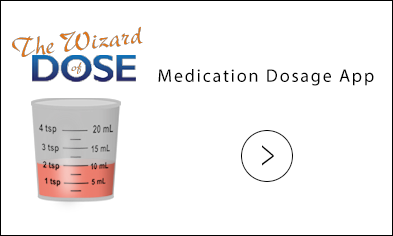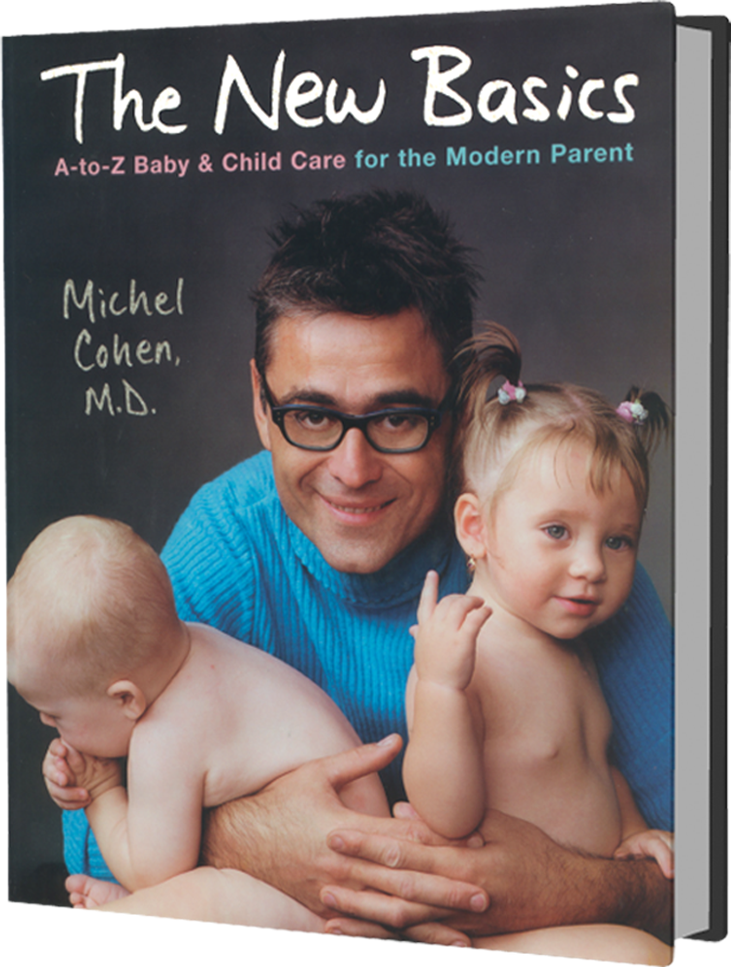
Bottle Feeding
Look how happy Lucy is! Held in place at a steady thirty-degree angle, she sucks happily from her space-age “Riteflo” antireflux feeding device. This modern system is designed to provide a continuous flow and to detect any air bubble before it can reach the nipple. The nipple, by the way, is an exact molded replica of yours, with the same recoil coefficient as genuine skin. Each time the level of the fluid reaches a burping gradation, the Riteflo beeps to remind you to perform the ritual procedure. But that’s not all! The system is loaded with Riteflo brand formula’s latest blend, fortified for brain development and reinforced with mommy’s personal amino-acid profile . . . enhanced, of course, to be better than mommy! You can already tell Lucy is getting smart by the sparkle in her eye.
Even without fancy equipment or formula, bottle feeding is simple and straightforward. Here’s a how-to guide.
How?
Lucy may be a genius, but it doesn’t take a genius to suck on a bottle. As soon as she’s awake and shows an interest in sucking, put the nipple in her mouth. She will automatically move her jaw and suck out some of the milk. It’s as simple as that.
How Much?
At first, Lucy will drink very little, maybe a couple of ounces per feeding. When she’s hungry, the signs aren’t subtle: She’ll root or cry. When sated, she’ll push the nipple away, slow her sucking, or fall asleep. As she gets older, she’ll steadily increase the amount she ingests, from about twenty-four ounces at one month of age up to about thirty-two ounces at six months. These are rough numbers; the best way to know if Lucy is still hungry is to offer her a little more than usual on occasion and let her decide if she wants it.
Around eight months, when she’s eating a significant amount of solid food, Lucy will reduce her milk intake herself by simply not finishing her bottle the way she used to. Or she’ll just take fewer bottles. However, there are considerable variations at this stage. Some babies drink barely ten ounces of formula and already eat a tremendous amount of solid food, whereas others are still swilling their five bottles daily and hardly touching the stuff that requires chewing. Both are fine.
How Often?
Bottle feeding, like nursing, should occur on demand. Initially, Lucy will wake up at different intervals, seemingly hungry, and you should encourage her to regulate her own feeding. If you try to impose a more rigid schedule, you’ll find it rough going. She will end up imposing hers on you anyway, which will be on average every three hours until she is eating a significant amount of solid food at roughly six months [See: Schedule].
Around three to four months, the only noticeable change is that Lucy takes much less time to eat. She can gulp down her bottles in record time while looking around for distractions.
Be aware that overfeeding is relatively easy with a bottle, because the supply is unlimited and Lucy may take it just for soothing purposes. In any event, if you do happen to overfeed her, you’re likely to get the extra milk back in the form of spit-up.
How long can I leave a bottle out if it has been used?
Until the next feeding, which means as long as six hours.
Should I sterilize the bottle?
Washing of the nursing equipment is more than enough. Babies are able to fight germs and aren’t meant to ingest only sterile nutrients.
What kind of nipple is best?
Lucy can suck on any kind. Don’t pay attention to the brand or the shape; it’s all marketing.
The hole of the nipple should be big enough that she can feed with ease but small enough that it doesn’t flood her mouth with milk. Don’t bother with the antigas bottles that provide a specific inclination or an extra plastic bag to squeeze the air out; they’re just more marketing rip-offs.
What about burping?
Babies swallow more air while bottle feeding, which causes more spit-up. This is easily remedied: Just keep Lucy upright for a while after feeding and massage her back. This will move the air up and the food down, even if she doesn’t muster a full burp.
If my baby wakes up ten minutes after feeding, does it mean she’s still hungry?
Not necessarily. She might simply crave comfort. The best way to know is to give her a little more food. If she takes it willingly, then she’s hungry; otherwise, she’s not. As with most feeding matters, common sense is the final authority.
When can I put cereals in her bottle?
Never. There’s no obvious benefit. It won’t help her sleep at night, and the additional calories are unnecessary. Worse, it can bind the stools.




 MEDICATION DOSAGE
MEDICATION DOSAGE

